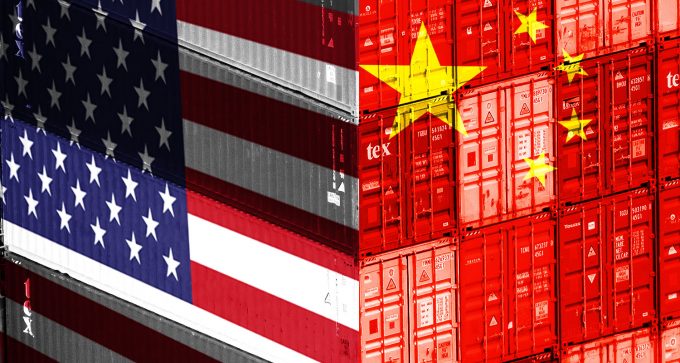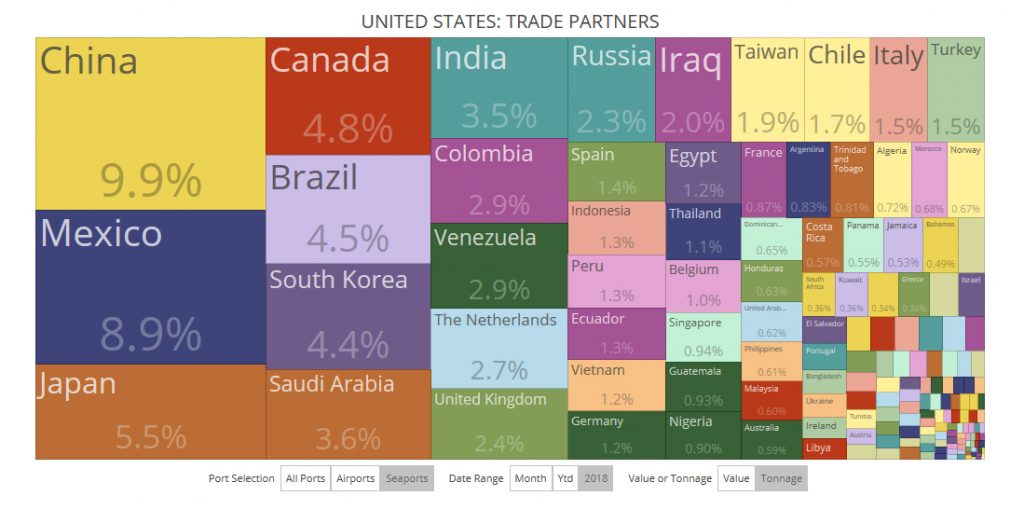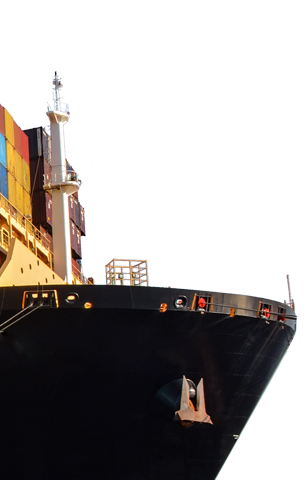Port guide to US China trade tariffs
- Home
- >
- Cargo Blog
- >
- Port guide to US China trade tariffs

The People’s Republic of China and the United States are mutual trading partners, illustrated by the $539 billion in imported goods from China to the US and $120 billion in exported goods to China from the US in 2018.
Since January 2018, both countries have been increasing tariffs on a variety of each other’s imports. On May 10, 2019, the United States government increased tariffs – a tax on imported goods – from 10 percent to 25 percent on several thousand products and materials imported from China. In response, China announced tariff increases on more than $60 billion worth of U.S. goods.
The specific long-term impact of these new tariffs on trade volumes for any U.S. port handling Chinese trade is unknown, because it depends how long the tariff increases remain in place, and how shippers react to the increase.
Shippers have several options. They could negotiate for lower costs on the front end to equal or defray the cost of the tariff increase, then import at the same volume – in which case trade volumes would remain unchanged. Or shippers could absorb the extra expense, increase prices, or move production or sourcing to another country. Each of those options might impact U.S. import or export volumes.
Tariffs are one of the oldest U.S. trade policy instruments – and they are politically sensitive.

For more info:
- US Harmonized Tariff Schedule
- May 9, 2019 > Federal Register: Notice of Modification of Section 301 Action: China’s Acts, Policies, and Practices Related to Technology Transfer, Intellectual Property, and Innovation
- May 17, 2019 > Federal Register: Request for Comments Concerning Proposed Modification of Action Pursuant to Section 301: China’s Acts, Policies, and Practices Related to Technology Transfer, Intellectual Property, and Innovation
- Office of the United States Trade Representative
- Ministry of Finance of the People’s Republic of China
- May 16, 2019 > Maritime Executive: Fitch Ratings: U.S. Port Revenues Insulated from Trade War
- Nov. 5, 2018 > Logistics Management Magazine: How will the tariff war with China affect U.S. container ports?
